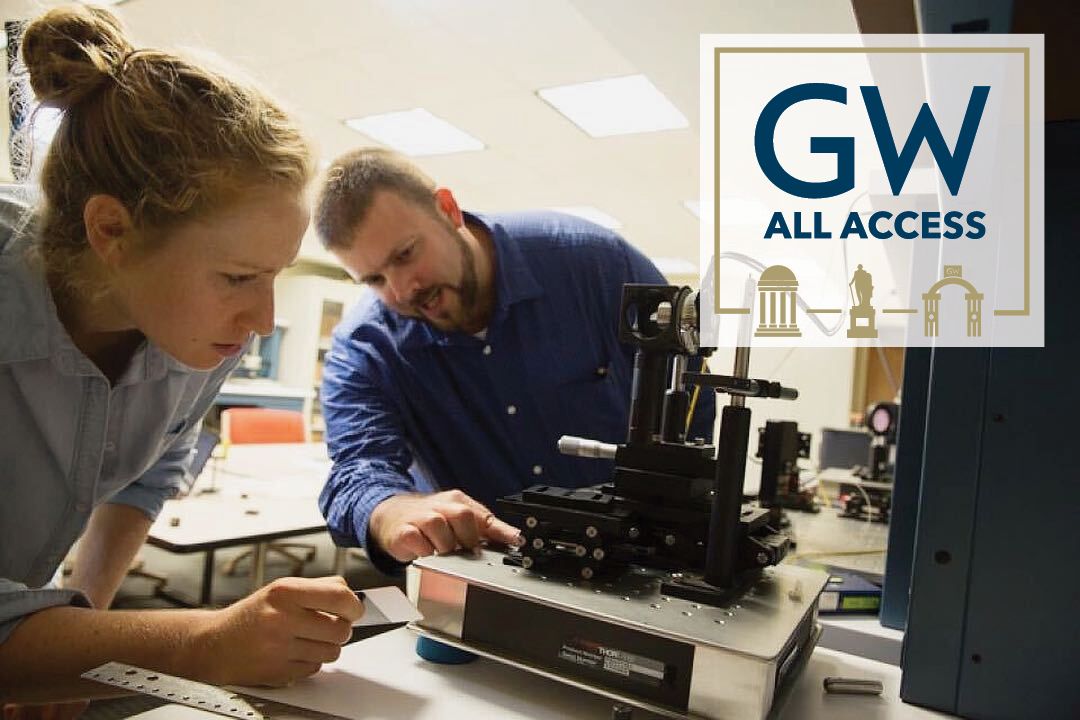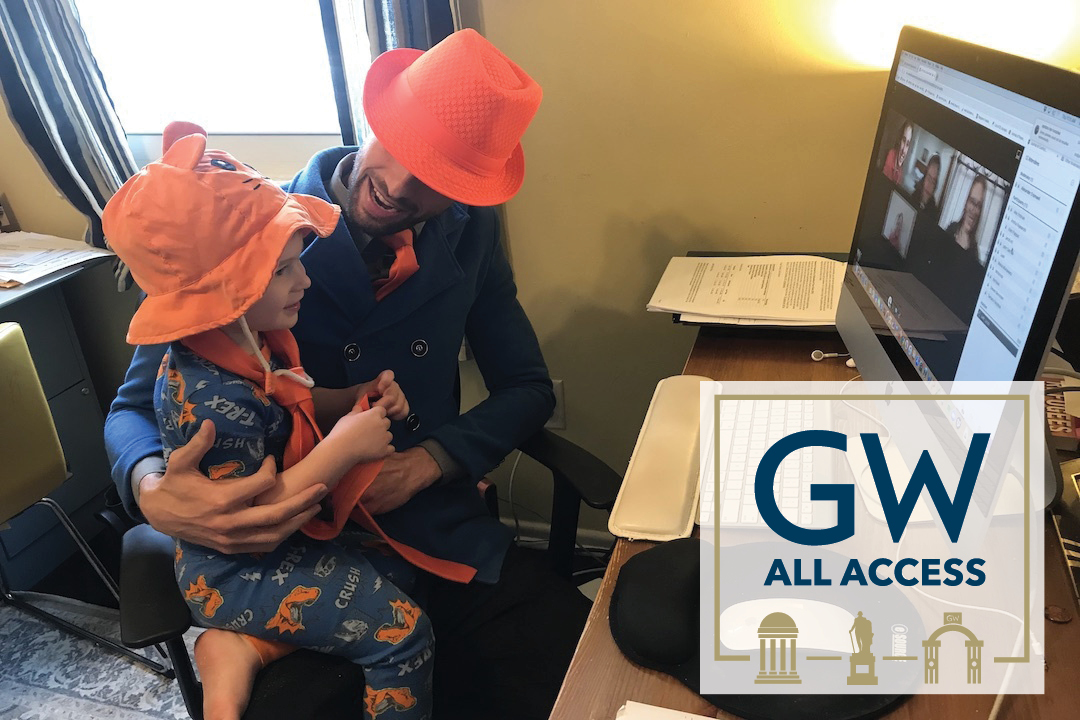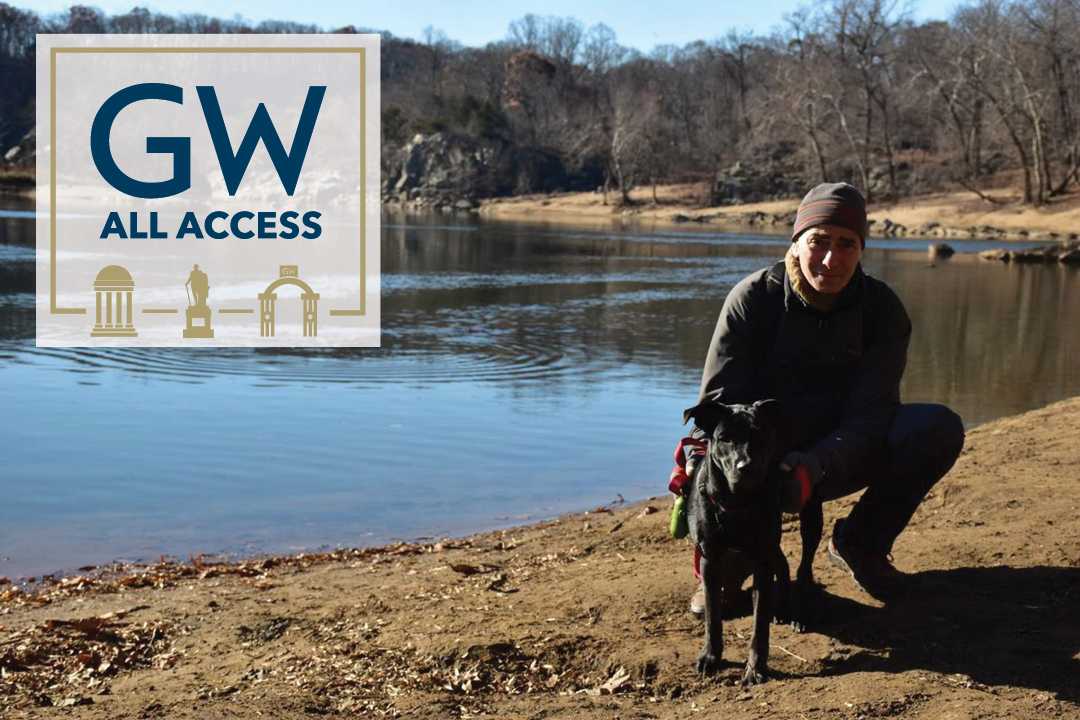A new series from GW Today shows how GW is preparing for the fall semester and a high-quality academic experience.
By Kristen Mitchell
Every semester David Rain asks his George Washington University students to explore the environmental history of their hometowns. From campus, this usually means phone calls to city historians and older family members, but in the virtual learning environment, there is potential for much more.
“With students home, I can see that assignment turning into an activity. They could give a narrated walking tour of their town and talk about a specific environmental feature,” said Dr. Rain, an associate professor of geography and international affairs. “I’ve read thousands of these over the years, and I’m still interested in learning about new towns.”
Dr. Rain has been teaching Society and Environment in the Columbian College of Arts and Sciences for 15 years. The 1000-level course is an introduction to the dynamic relationship between society and the physical environment, with a focus on population, natural resources, environmental degradation, pollution and conservation. The class is often a stepping stone for environmental studies and geography majors, and fulfills general education requirements for students in other majors passionate about the environment.
For the last several years, Dr. Rain has taught Society and Environment online during summer sessions, which he felt prepared him for the virtual learning period during spring semester. He has spent the last few weeks re-recording his lectures and revamping his syllabus in preparation for fall 2020. He’s planning a flipped classroom approach where students can view lectures on their own schedule, and synchronous classroom sessions will be used for discussions and group activities.
For example, one of Dr. Rain’s first lectures of the semester plans to cover public attitudes toward the environment and how they have changed over time. During the synchronous class session, students may be asked to find a public opinion poll that either supports or refutes certain findings, interrogate why questions might differ between polls, and discuss their findings in small groups.
Dr. Rain plans to emphasize participation in his course over testing, which will be limited to short, timed quizzes. Groups of four to six students will research and prepare debates on current environmental justice topics using Blackboard Collaborate, and students will peer edit their classmates’ papers.
“I miss my students, and there’s something that’s nice and magical about what happens in the classroom,” he said. “I want to try as much as I can to foster that in a virtual environment, and I see this as a chance to really reinvent college education using all these different kinds of tools.”
Dr. Rain noticed during the spring semester that some students who did not typically speak up during 80-person lectures earlier in the year were more likely to ask questions and engage with lectures in a virtual format. This is a positive development that provides space for more diverse perspectives during class discussions, he said. The virtual format also presents fewer hurdles for some students to attend office hours.
“There is a certain intimacy about a screen— you see a person’s house and it’s more face-to-face in a way than going to office hours, where students might be intimidated or there might be a line out the door,” he said. “Talking on camera, it can be great. You can learn a lot about a person seeing them on Zoom.”





